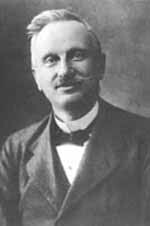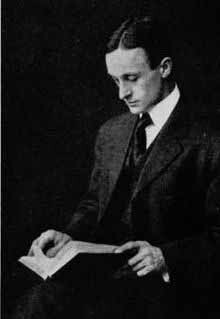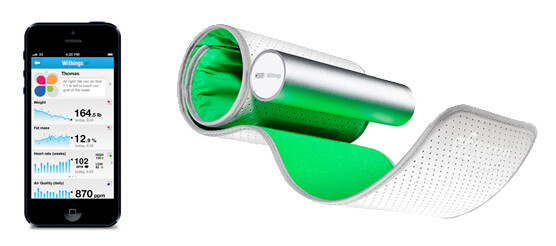
Ready for time travel? Let’s go back to the origins of modern medicine and slowly make our way back to the twenty-first century, stopping only to highlight the 15 most decisive moments that lead to the development of today’s blood pressure monitors. We will see that although the measurement of blood pressure has now been a basic medical practice for about 100 years, used by physicians to make a diagnosis, it is only recently that self-tracking your BP has become a reality.
Hi there! Feel free to stick around and read this, but you should know that we have an all-new, updated and revised history of the blood pressure monitor, and it includes Wonder Woman!
Between t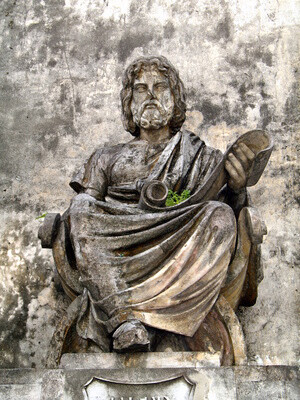 he 1st and 2nd century (Common Era)
he 1st and 2nd century (Common Era)
Galen, a Roman physician, was the first to write about the human heart, saying it is the source of the body’s heat. His book was translated, became a best-seller worldwide and remained unquestioned for centuries. Among his inaccuracies he thought the heart only had two chambers when it actually has four.
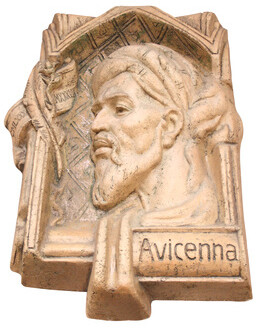 Around the year 1000 AD
Around the year 1000 AD
Even around the year 1000, the famous Persian physician Avicenna was still taking Galen’s conclusions at face value, and spreading inaccuracies in his books.
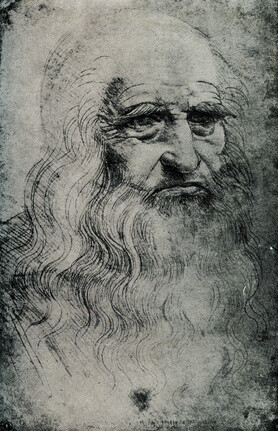 Year 1500
Year 1500
While studying the human anatomy “first hand” becomes more common, the reference to past publications still overshadows actual observations. Even the famous Leonardo Da Vinci fell for it and drew a heart with only two chambers.
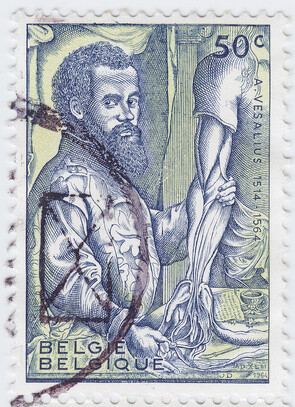 Year 1543
Year 1543
In 1543, Andreas Vesalius published “De Humani Corporis Fabrica,” a book he wrote after studying real corpses. For the first time it is acknowledged that the heart has four chambers and not two. But it’s not over! At that time the heart’s function is still under debate.
 Year 1628
Year 1628
The first study on blood circulation was published in 1628 by William Harvey—an English physician. He came to the conclusion that the heart acts as a pump. At that point it wasn’t clear that blood circulated, but after a little calculation he was pretty sure that blood is not “consumed” by the organs. The physician then concluded that blood must be going though a cycle.
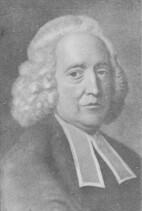 Year 1733
Year 1733
The first measurement of what was then called “the force of blood” is described in the book “Haema staticks” in 1733, by Stephan Hales. He used a water manometer to measure the blood pressure in the arteries of various animals.
 Year 1817
Year 1817
The stethoscope, an essential tool for taking blood pressure, is invented by French doctor René Laennec in 1817. Doctors don’t need to put their ears to patients’ bodies anymore! The auscultatory method he developed uses the stethoscope to tell the difference between the systole and diastole pressures.
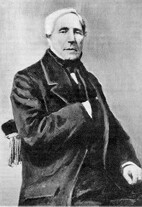 Year 1828
Year 1828
In his doctoral thesis “Recherches sur la force du cœur aortique” published in 1828, French physician Jean Poiseuille is the first to show how to measure blood pressure with a mercury manometer. To quantify blood pressure Jean uses the “Centimeters of Mercury” unit (cmHg), which is still being used by doctors nowadays.
 Year 1854
Year 1854
The first device to estimate blood pressure externally, in a non-intrusive way, was the sphygmograph—from the Greek words for “pulse” and “write”. The precursor of today’s blood pressure cuffs was invented by the German physiologist Karl von Vierordt in 1854.
Year 1896
Italian internist Scipione Riva-Rocci introduced the first blood pressure monitor—a sphygmomanometer with the pneumatic cuff invented by Dunlop. Still, the 2-inch wide cuff is not big enough to provide accurate measures.
Year 1901
Harvey Williams Cushing, a famous neurosurgeon, introduced blood pressure measurement to North America and helped spread the use in the western world.
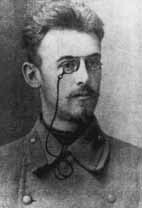 Year 1905
Year 1905
Russian physician Nikolai Korotkov was able to measure the diastolic blood pressure in 1905 using his improved version of the sphygmomanometer.
 Year 1993
Year 1993
Japanese company Panasonic released a compact and automatic wrist cuff to measure your blood pressure.
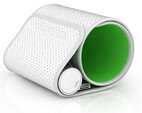 Year 2010
Year 2010
French company Withings released the Smart Blood Pressure Monitor, which could be plugged directly into an iPhone, iPad or iPod Touch. The measurements were automatically uploaded and synched with the user’s account, and were made available anytime, anywhere. Sharing readings with your family or doctor became child’s play.
Year 2014
Following the success of the original BP monitor, Withings launched the Wireless Blood Pressure Monitor. Thanks to the Bluetooth technology that was added, this model offered more compatibility options. You could use it with Android or iOS devices, wirelessly, or with your device’s cable. Later, Nokia offered compact wireless blood-pressure monitors BPM and BPM+.


